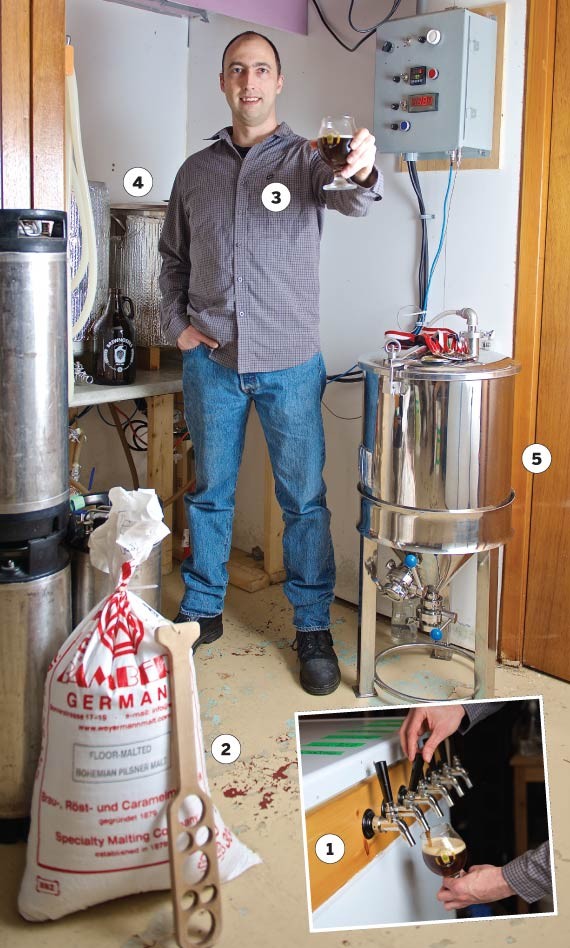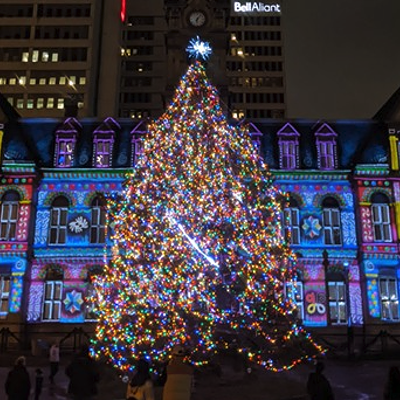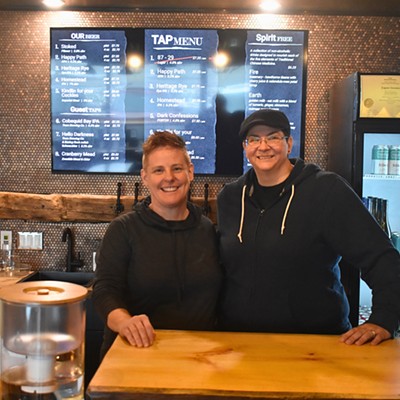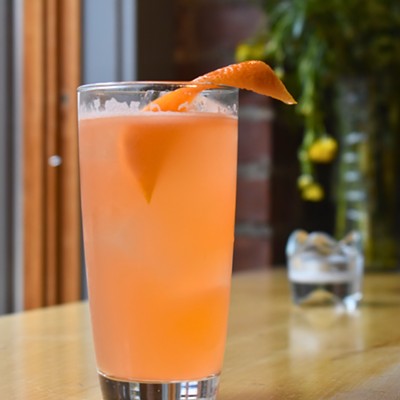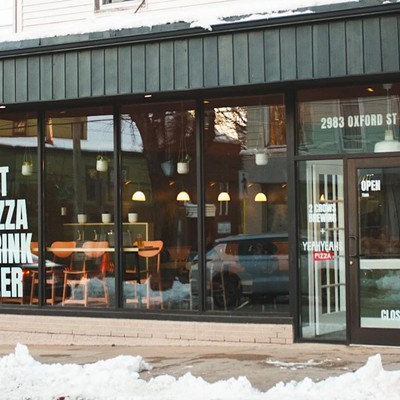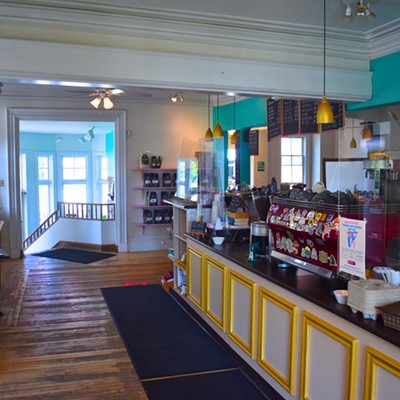Rob Shortt is a mad scientist in his basement laboratory in Dartmouth. His experiments consist of mixing up small batches of craft beer to enjoy after work, or with his club of fellow homebrewers, the Brewnosers. The homebrew pastime is serious for Shortt. He has invested time and at least a few thousand dollars, not to mention creative energy, concocting ways of making his personal brewery efficient. Six years ago his interest began with some research and reading: "I read a book, How to Brew by John Palmer, it's, like, the bible for brewers," he says, and not long after he found himself brewing on his kitchen stovetop. Brewing beer isn't all difficult with the simple kits available at brew stores around the city for just $40 to $50, then the passion can grow from there. "It's enthralling," says Shortt.
1 Shortt pours himself an Extra Special Bitter, known in short as ESB. A modified deep-freezer is the treasure chest that holds eight small kegs of his creations, along with beer lines and a tank of carbon dioxide. The wooden strip between the bottom and door of the deep-freeze-turned-fridge adds more height, and room for taps. Kegs are a better option for small-scale brewers, because they involve less unnecessary work and cleaning.
2 A handmade paddle, not unlike those in Dazed and Confused, is used to mix the mash during its 60 minutes in the brew pot, says Shortt.
3 Nine medals, from all over the country, can be found in Shortt's basement, small tokens of recognition for the time and love put into his beer.
4 A process called the mash, in which the water, grain and hops are stirred and heated to make the wort, takes place in jacketed temperature regulated brew pots, built by Shortt. Once the solids need to be removed from the wort for the next step of brewing, Shortt uses a pulley to lift a net that lines the tank, like a large beer ingredient teabag.
5 This fermentation tank cost around $500, but before Shortt bought it he would use sealable plastic buckets that only cost about $20.
brewnosers.org

